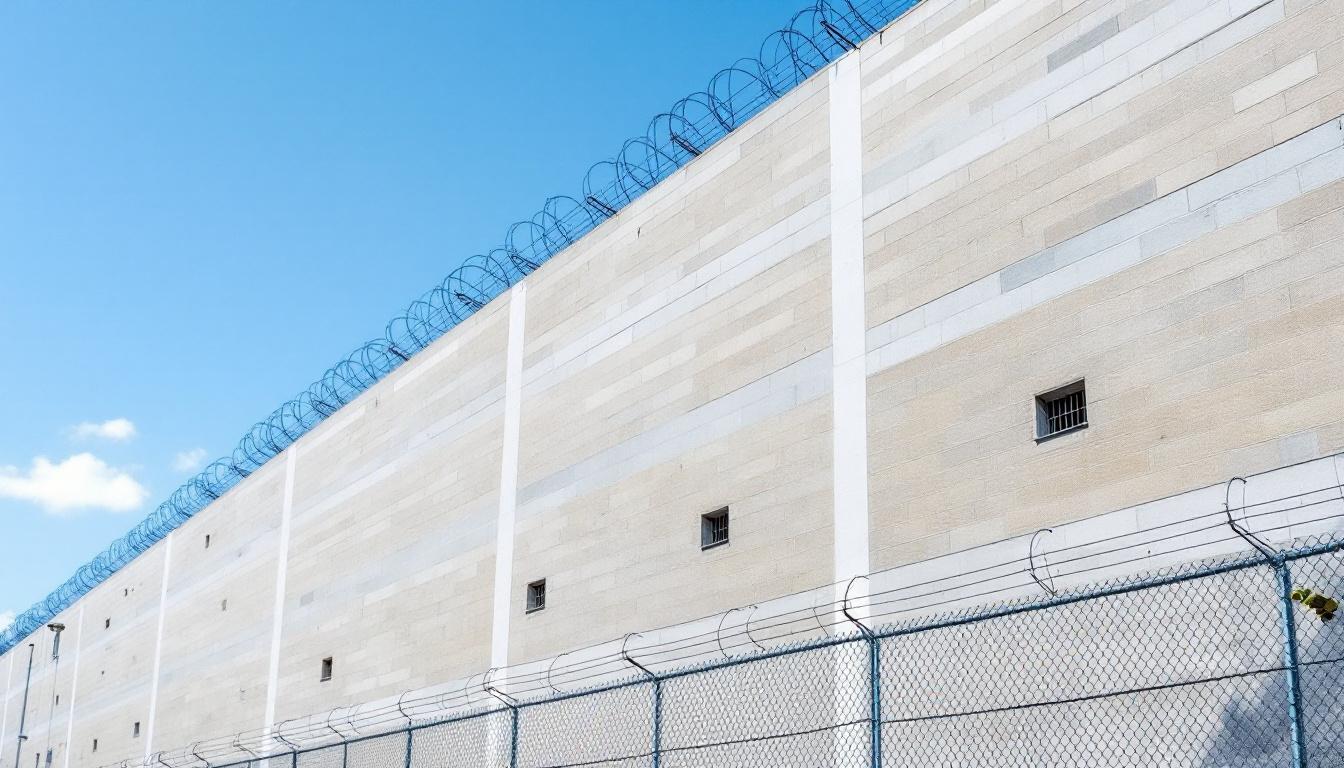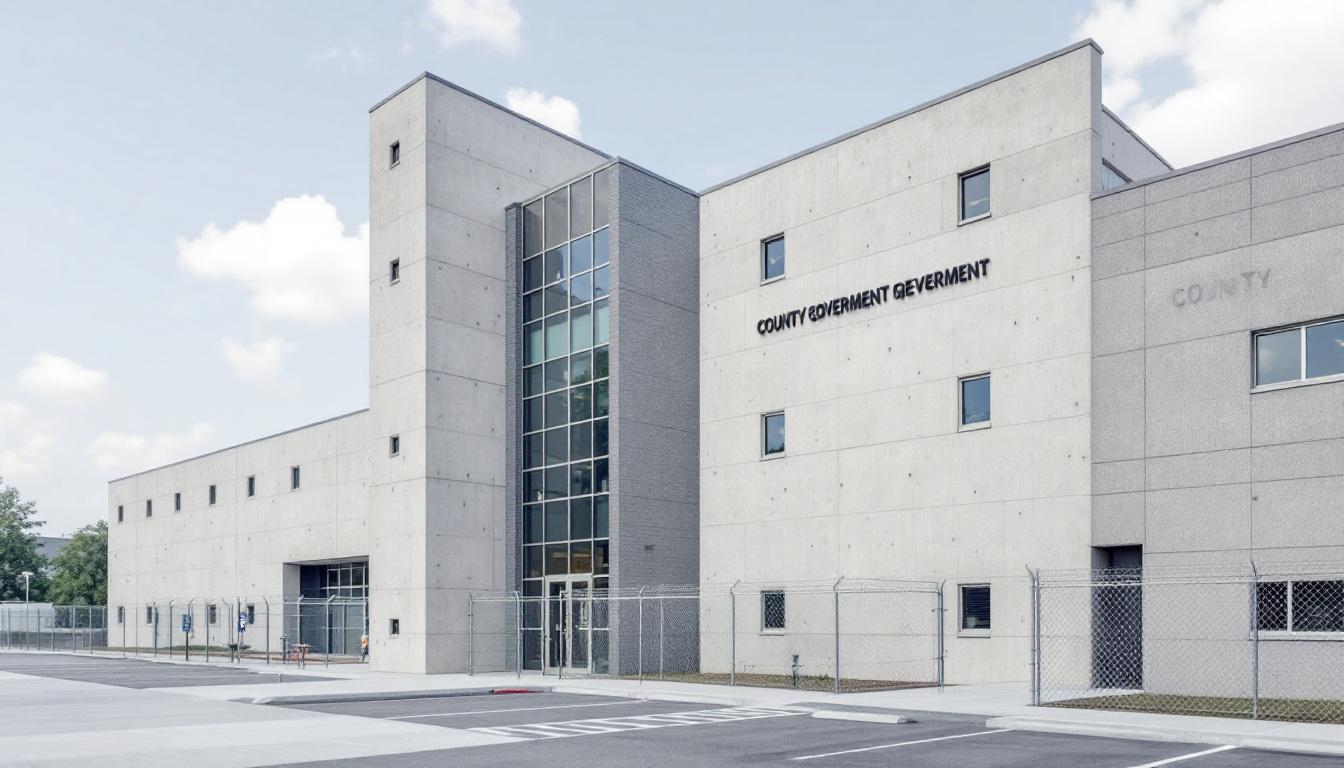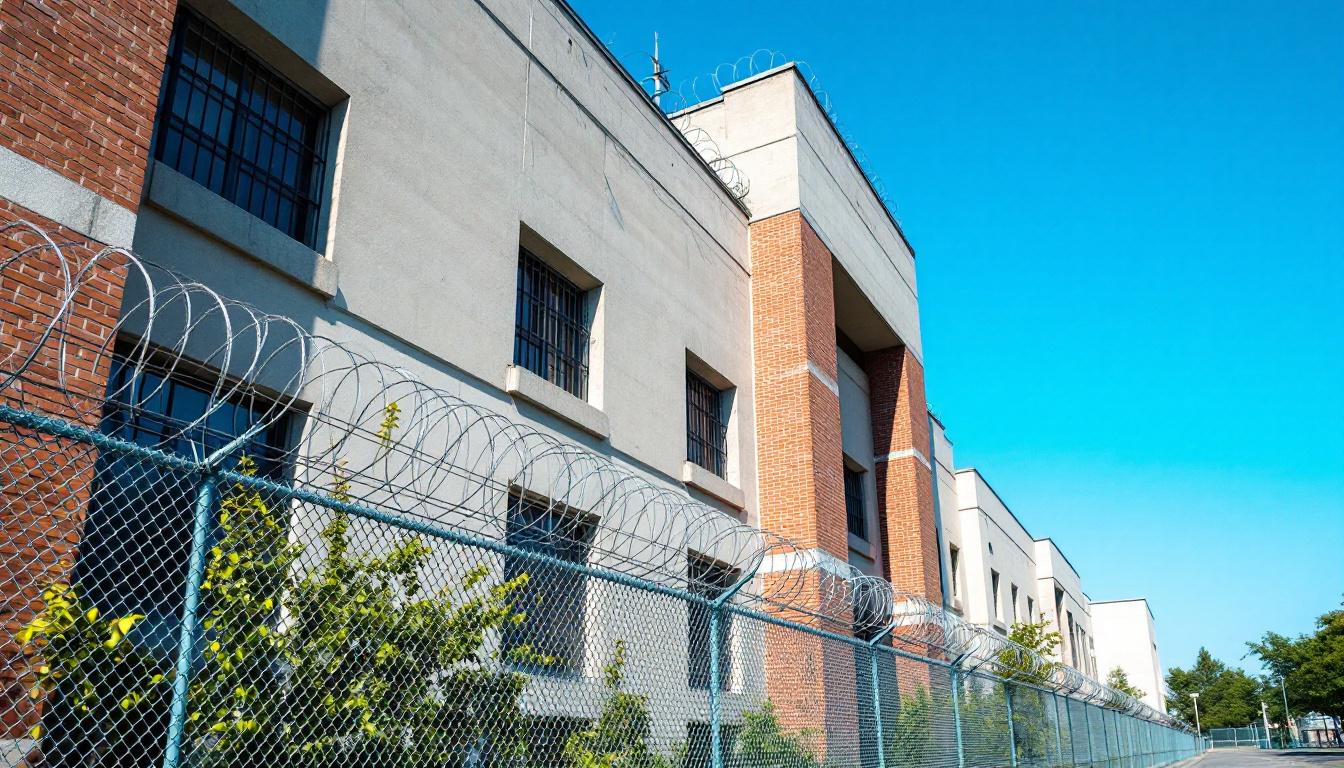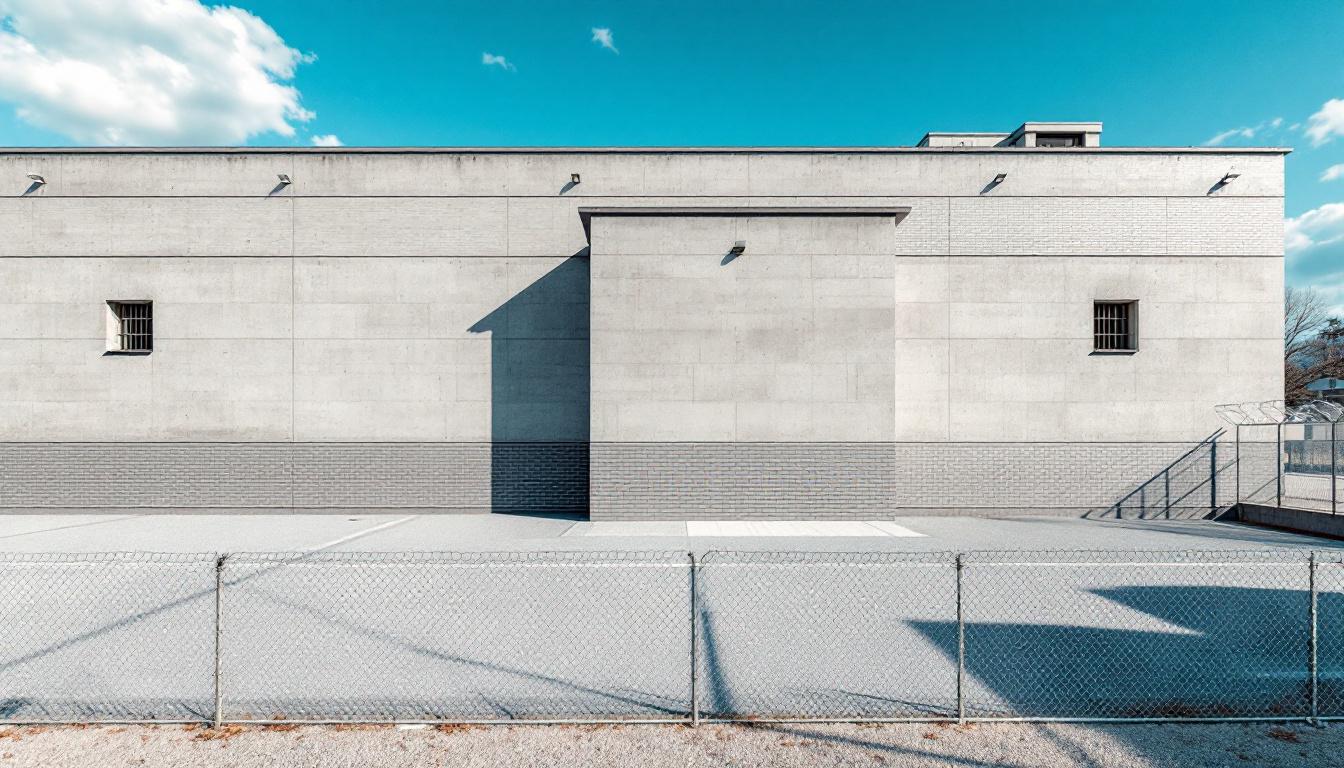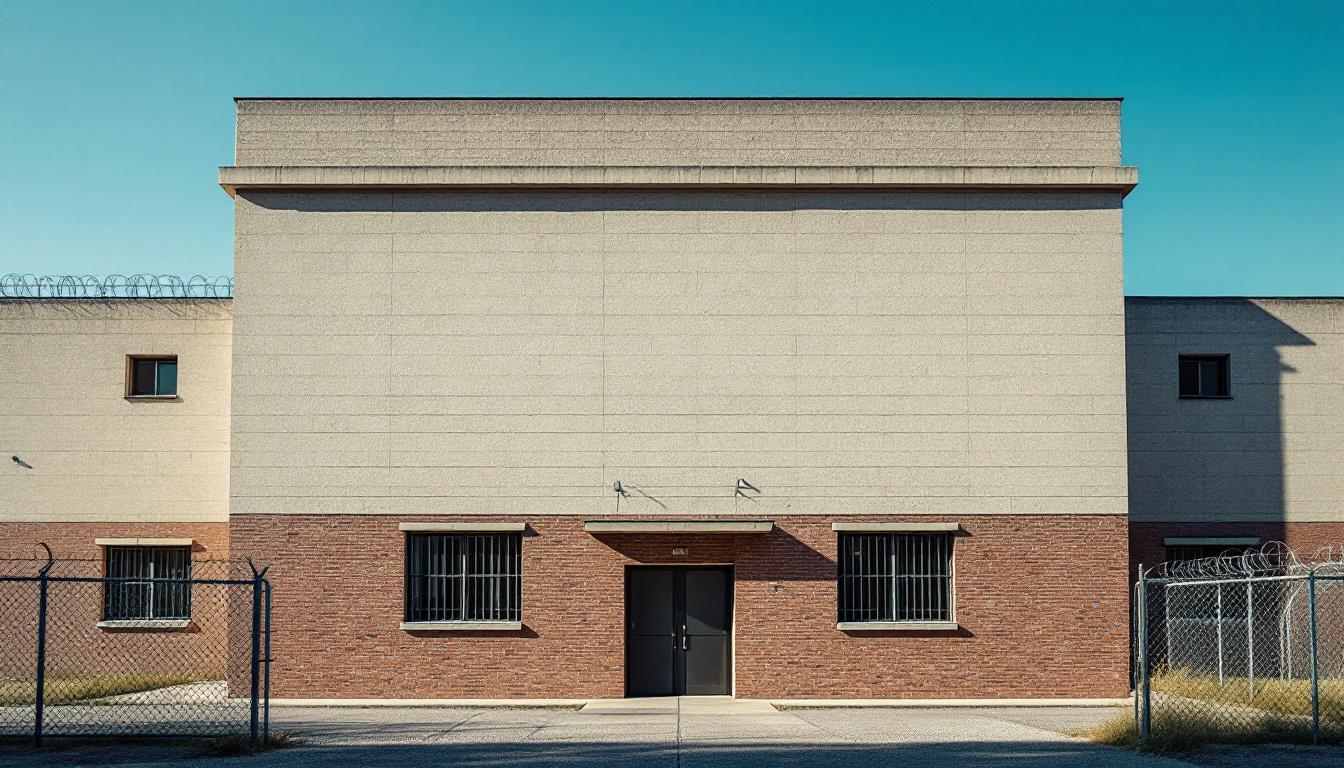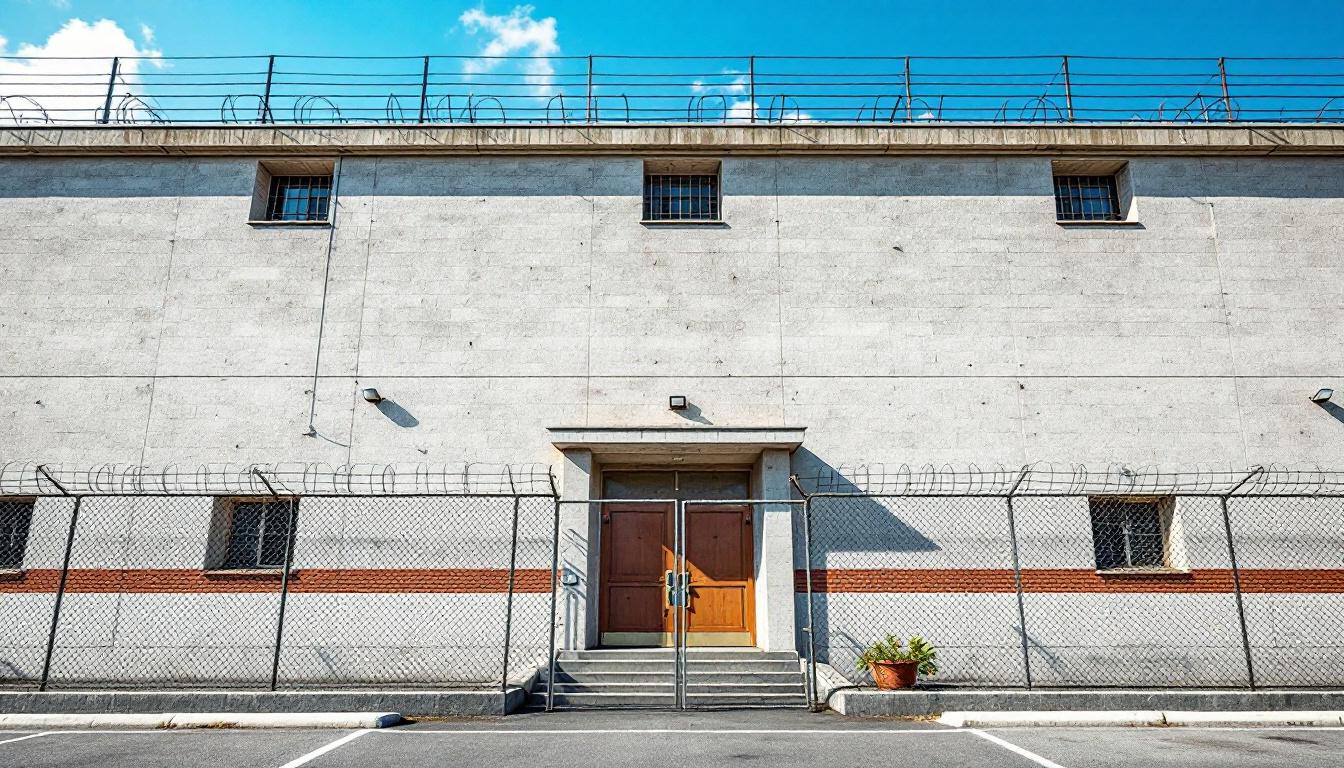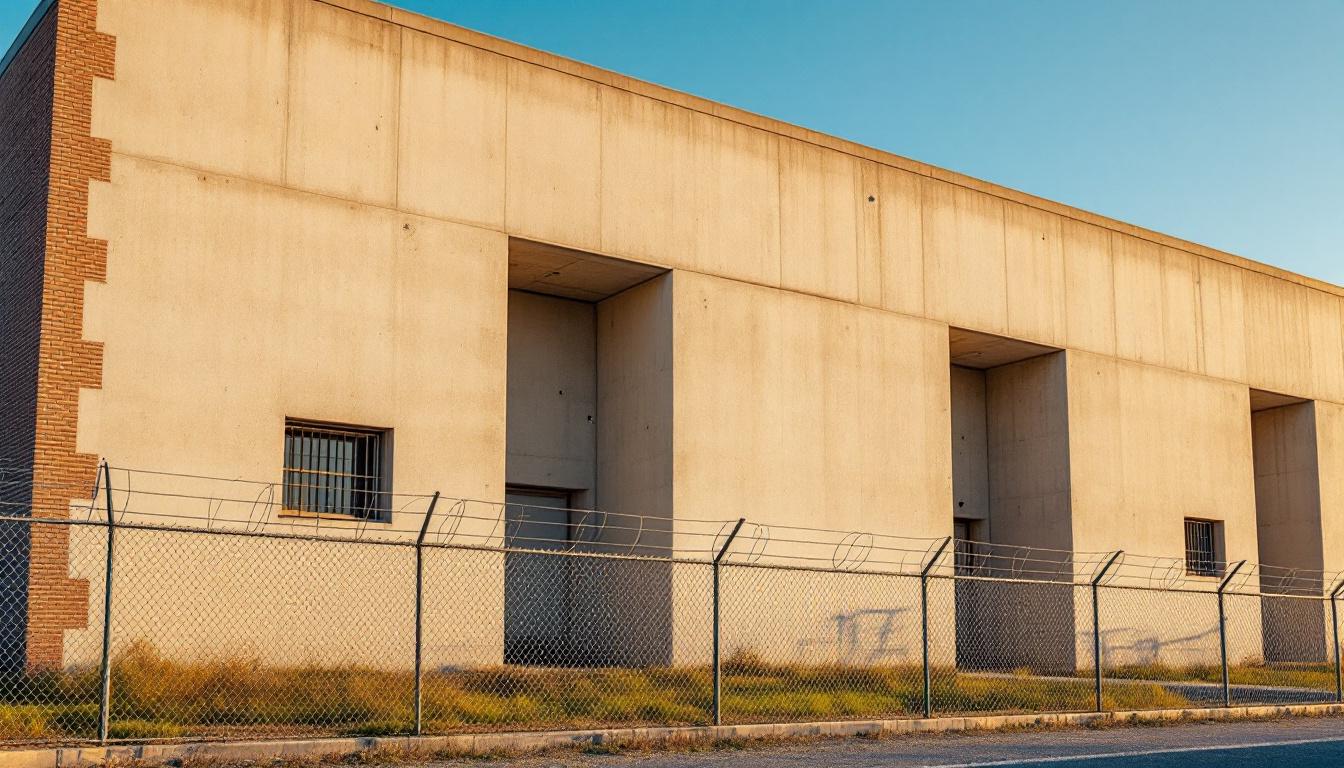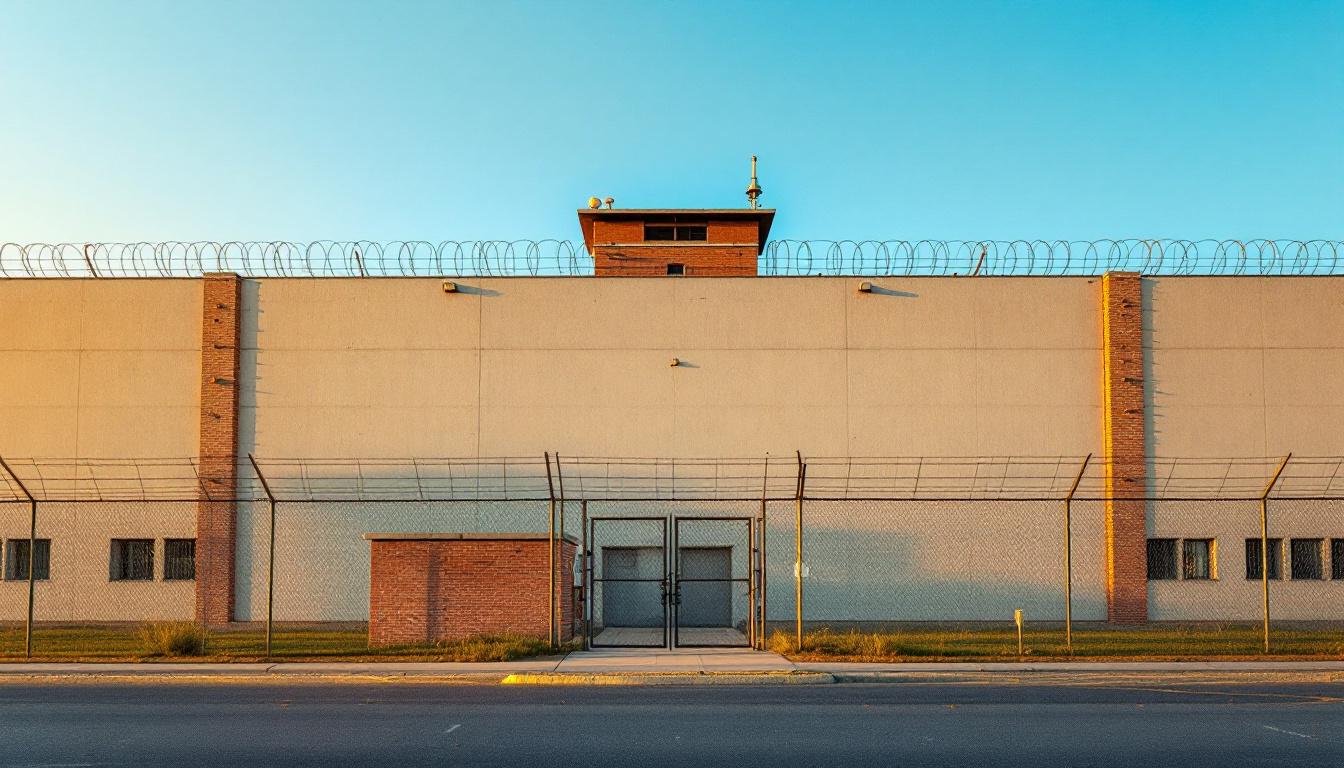
Quick Navigation
How to contact an inmate at Tom Bowles Detention Center
This comprehensive guide will walk you through how to connect with an inmate at Tom Bowles Detention Center. Follow the steps below to find an inmate and send letters and photos:
- Search for the inmate using our search tool below
- Create your account or log in to Penmate
- Write your message (up to 6,000 characters)
- Send instantly - inmates receive printed copies daily
Find an Inmate
Search for an inmate to start communicating today
Tip: You can search by first name, last name, or inmate ID number
To contact a person at Tom Bowles Detention Center start by searching for the person on the facility website. Perform a search by following these steps:
- Step 1: Enter their first name and last name into the search form and click "Search"
- Step 2: Locate their inmate record
- Step 3: Write down their Inmate ID and any housing information provided
Important! Be sure to enter the person's full name. Nicknames should not be used.
How to Send Messages to Inmates

You can use your phone or computer to send emails, letters, and photos to an inmate. Messages are sent electronically to inmate tablets or kiosks at the facility. If you would like to send a message, start by searching for an inmate at Tom Bowles Detention Center.
Sending Photos and Postcards

A great way to send love and support to a loved one at Tom Bowles Detention Center is to send photos and postcards. It only takes a few minutes to send photos from your phone and it makes a huge difference. You can also mail postcards with words of support and inspiration, or design your own postcard for special moments like birthdays and holidays.
Important! Be sure not to send any explicit photos or they may not be approved by the facility. You can also use a photo printing app like Penmate to make sure your photos are printed at the correct size (4x6 or 3x5) and are mailed according to the rules and regulations of Tom Bowles Detention Center.
Frequently asked questions about Tom Bowles Detention Center
-
How long does it take to deliver a message?
If you're sending an email message your letter is usually delivered within 24-48 hours. For messages sent via mail you should expect delivery within 3-7 days. All messages will need be approved by Tom Bowles Detention Center.
-
How much does it cost to send a message to Tom Bowles Detention Center?
You can send a message free using your phone or mail a message via USPS for the price of a $0.60 stamp and envelope. You can also purchase credits or e-stamps from services starting at $1.99.
-
What services can I use to contact an inmate at Tom Bowles Detention Center?
Penmate
You can use Penmate to send letters and photos to an inmate from your phone. It's an easy way to stay in touch during your loved one's incarceration. Use the inmate locator to find an inmate's location and contact information, then you can send messages within a few minutes.
Securus messaging
Securus may be another option for communicating with an inmate at Tom Bowles Detention Center. You can create a friends and family account and purchase credits to send messages. All messages will be reviewed and must be approved by the facility.
JPay
Some county jails and state prisons may support sending messages with JPay. You must register an account with the system, find your loved one, and purchase stamps to send messages. For some locations you can also attach photos.
Smart Jail Mail
You may also check if Smart Jail Mail is available at Tom Bowles Detention Center. Smart Jail Mail is operated by Smart Communications and has contracted with some state and county jails. After purchasing credits, your messages and photos are sent to the facility, printed out, and then handed out to your loved one.
-
What is the mailing address of Tom Bowles Detention Center?
Mailing address:
Tom Bowles Detention Center
1051 Balboa Jones Memorial
Eagle Pass, TX 78852
Phone: (830) 773-2321 -
What are the visiting hours at Tom Bowles Detention Center?
Visiting hours at Tom Bowles Detention Center vary by housing unit and security level. Generally, visits are scheduled on weekends and holidays, with some facilities offering weekday visits. Contact the facility directly at (830) 773-2321 or check their website for the current visiting schedule. Visits typically last 30-60 minutes and must be scheduled in advance.
-
What items are prohibited when sending mail to Tom Bowles Detention Center?
Prohibited items typically include: cash, personal checks, stamps, stickers, glitter, glue, tape, staples, paperclips, polaroid photos, musical or blank greeting cards, hardcover books, magazines with staples, and any items containing metal or electronics. Only send letters on plain white paper with blue or black ink. Photos must be printed on regular photo paper (no Polaroids). Always check with Tom Bowles Detention Center for their specific mail policies.
-
How do I send money to an inmate at Tom Bowles Detention Center?
You can send money to an inmate at Tom Bowles Detention Center through several methods: 1) Online using JPay, Access Corrections, or the facility's approved vendor, 2) Money orders mailed directly to the facility with the inmate's name and ID number, 3) Kiosks located in the facility lobby, or 4) Over the phone using a credit or debit card. Fees vary by method, typically ranging from $2.95 to $11.95 per transaction.
-
Can I schedule a video visit with an inmate at Tom Bowles Detention Center?
Many facilities now offer video visitation as an alternative to in-person visits. At Tom Bowles Detention Center, video visits may be available through services like Penmate, Securus Video Connect, GTL, or ICSolutions. Video visits typically cost $10-20 for 20-30 minutes and must be scheduled in advance. You'll need a computer or smartphone with a camera and reliable internet connection. Contact the facility for their specific video visitation policies and approved vendors.
-
What identification do I need to visit an inmate at Tom Bowles Detention Center?
All visitors must present valid government-issued photo identification such as a driver's license, state ID, passport, or military ID. Minors must be accompanied by a parent or legal guardian who can provide the minor's birth certificate. Some facilities require visitors to be on the inmate's approved visitation list, which may require a background check. Contact Tom Bowles Detention Center for specific ID requirements and visitor approval procedures.
-
How can I find out an inmate's release date?
To find an inmate's release date at Tom Bowles Detention Center, you can: 1) Use the online inmate search tool if available, 2) Call the facility's records department, 3) Contact the inmate's case manager or counselor, or 4) Have the inmate provide this information during a call or visit. For privacy reasons, some facilities only release this information to immediate family members.
Facility Overview
Contact Information
Tom Bowles Detention Center1051 Balboa Jones Memorial
Eagle Pass, TX 78852
Phone: (830) 773-2321

About Tom Bowles Detention Center
Located in Eagle Pass, Texas, along the U.S.-Mexico border, this detention facility serves a vital role in the federal correctional system by housing individuals under the supervision of the U.S. Marshals Service. The 661-capacity facility at 742 Texas Highway 131 represents a significant investment in border region infrastructure, having undergone extensive renovations before reopening in August 2018 under GEO Group management. The facility's strategic location in this border community reflects the ongoing need for federal detention services in South Texas.
Eagle Pass Detention Facility maintains comprehensive housing, management, and supervision services designed to meet federal standards and requirements. The facility typically provides residential care alongside essential medical services, food service operations, and various rehabilitation programs. Each housing area offers access to recreation areas, library services, barbershop facilities, medical triage rooms, programming classrooms, and case management offices, creating an environment that supports both security and rehabilitative goals.
Built in compliance with Texas Commission on Jail Standards and American Correctional Association Standards, the facility demonstrates a commitment to maintaining professional correctional practices. The facility was scheduled to pursue American Correctional Association accreditation, reflecting its dedication to meeting national standards for detention operations. Through its comprehensive approach to detention services, the facility serves both the immediate needs of the federal justice system and the broader Eagle Pass community's role in border security operations.
Programs & Services
The Eagle Pass Detention Facility emphasizes comprehensive residential care through its strategically designed programming infrastructure, featuring dedicated classrooms and case management offices that support individualized rehabilitation approaches. Each housing area provides direct access to educational and recreational resources, including a library facility that serves as a cornerstone for literacy and continuing education programs. The facility's design compliance with both Texas Commission on Jail Standards and American Correctional Association Standards reflects its commitment to evidence-based programming delivery.
Educational services typically include GED preparation and basic literacy instruction, delivered through the facility's programming classrooms where inmates may participate in structured learning environments. The case management offices facilitate individualized treatment planning and counseling services, which often encompass substance abuse treatment, anger management, and life skills development. Vocational training opportunities may include maintenance skills, food service preparation, and other job readiness programs designed to support successful community reintegration.
Additional support services commonly available may include mental health counseling, recreational therapy programs, and religious services that address inmates' diverse needs during their detention period. The facility's comprehensive medical services component often includes health education and wellness programs, while the barbershop facility may provide vocational training opportunities in personal care services. These integrated programming approaches typically work in conjunction with the case management system to ensure inmates receive appropriate services aligned with their individual rehabilitation goals and release planning needs.
Daily Life & Visitation
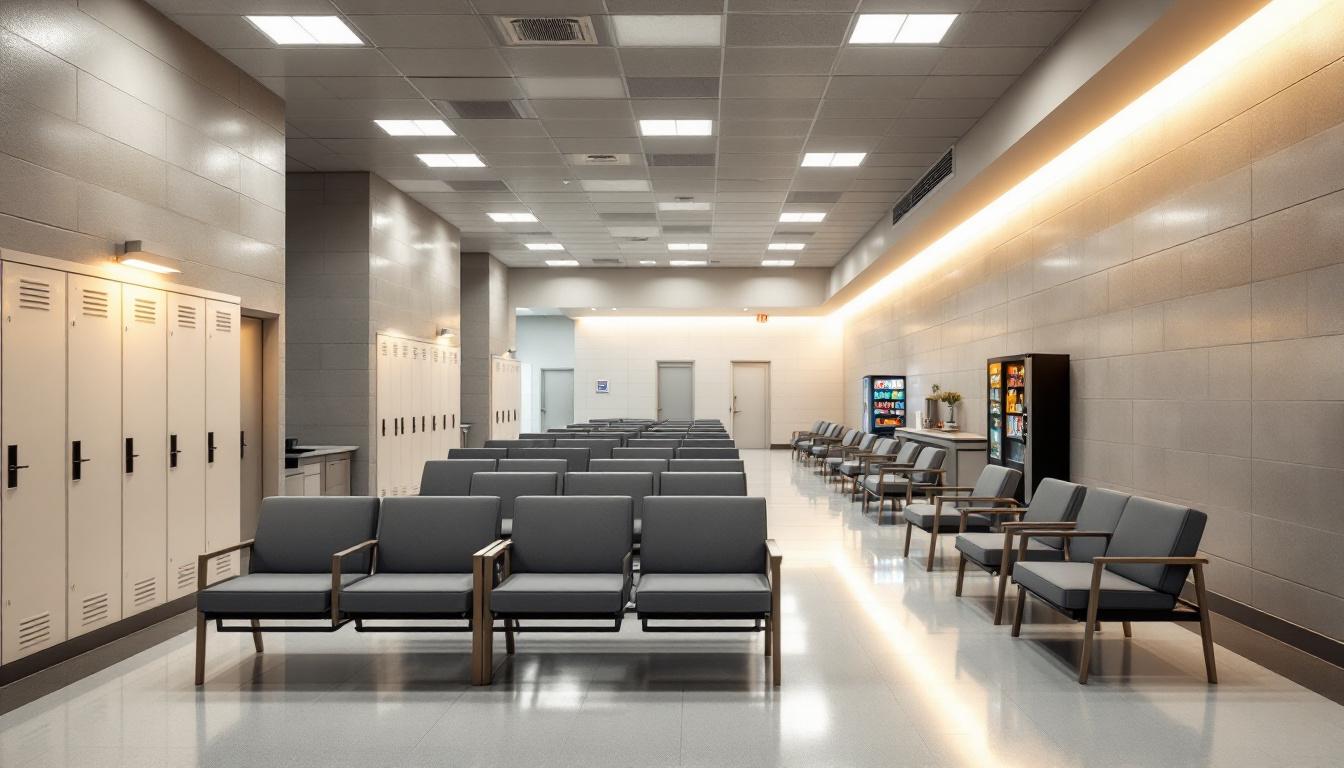
Residents at this Eagle Pass facility, which serves the U.S. Marshals Service, experience structured days centered around the various amenities within each housing area. The facility's design incorporates recreation areas, a library, barbershop, and programming classrooms directly accessible from living quarters, allowing for a more integrated approach to daily activities. Medical triage rooms located within each housing section ensure healthcare needs can be addressed promptly, while case management offices facilitate regular meetings between residents and staff to discuss individual progress and needs.
The renovation completed before the facility's reactivation in August 2018 created spaces that comply with both Texas Commission on Jail Standards and American Correctional Association Standards. Residents typically participate in rehabilitation programs as part of their daily routine, with programming classrooms designed to accommodate educational and therapeutic activities. The facility's capacity of 661 allows for various housing configurations, and residents may access recreational opportunities and library services as part of their structured schedule.
Communication with family members and legal representatives follows standard federal detention protocols, though specific visitation schedules and policies may vary based on security classifications and individual circumstances. The facility's location at 742 Texas Highway 131 in Eagle Pass provides a setting where residents can maintain important connections while participating in programs designed to support their rehabilitation and preparation for eventual release or court proceedings.
Ready to Connect?
Start communicating with your loved one today
Search for an Inmate
